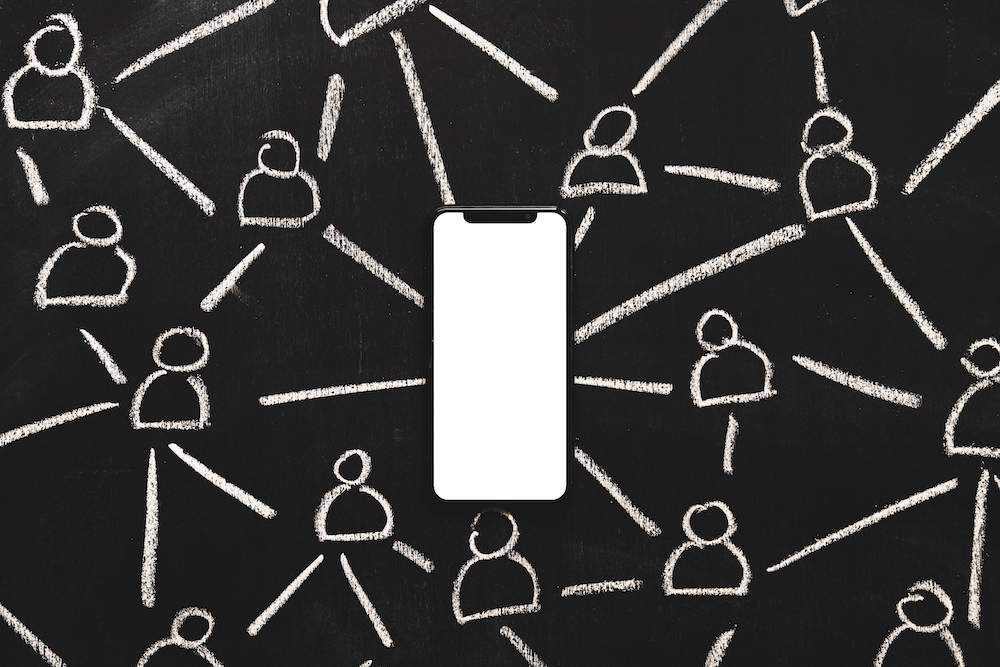Will 5G Take Over Wi-Fi?
-
November 24, 2022
-
6 min read

5G or 5th generation of cellular mobile communication technology is the latest technology available for mobile phone users. As we await the introduction of 6G technology a few years down the line, the use of 5G technology is steadily rising. Countries are adapting their communication protocols to provide better and faster service to smartphone users.
What is 5G technology?
Considering the evolution of mobile technology, this is the progress we have made so far–
- 1G technology (1970-1980) focused on analogue voice transmission between users.
- 2G technology (1980-1990) added digital voice and messaging services between users.
- 3G technology (1990-2000) provided a combination of voice, messaging, and data services between users.
- 4G technology (2000-2010) provided mobile phone users with a suite of IP based broadband services.
- 5G technology (2010 onwards)
Must Read: Decoding the key differences between 5G and 4G networks
At a technical level, 5G technology provides: –
- Higher data rates
- Reduced latency
- Increased energy savings
- Minimised costs
- Increased system capacity
- Faster device connectivity
The genesis of 5G technology is based on the adoption of the International Telecommunications Union (ITU) IMT-2020 proposal (2012). The proposal envisages ITU’s vision of what global telecommunications should look like by 2020. The key to adopting 5G technology is to deliver reliable wireless communications to support multiple, simultaneous mission-critical applications. Telecom companies providing 5G services need to ensure that it runs on any type of device or application and is not limited to a single wireless technology.
Will 5G take over Wi-Fi?
The proliferation in carrier wireless technologies has raised questions about whether 5G will take over Wi-Fi. Wi-Fi is a technology that has become synonymous with unfettered connectivity within corporate offices, public buildings and outdoor areas. The ease of use that Wi-fi provides ensures its use in the future for connectivity. It is highly unlikely that 5G will replace Wi-Fi. At the most, both technologies will coexist and complement each other for a few years down the road, meeting the requirements of users in their own right. In some cases, 5G technology can be used to mitigate certain pain points associated with Wi-Fi deployment.
As the use of mobile technology grows with telecom companies reducing charges for data and talk plans, there is a possibility that Wi-Fi will get overstretched. For example, if someone uses Wi-Fi to make a video call, overstretched Wi-Fi connectivity may result in a call drop if they shift their position from home to outside. 5G can solve the problem by offering uninterrupted connectivity by transferring between networks. In furtherance, Wi-Fi Alliance and Wireless Broadband Alliance are working to leverage the use of technology to enhance wireless communications. Wi-Fi Alliance has introduced 802.11.ax (or Wi-Fi 6) to improve reliability, performance, roaming and throughput. Wi-Fi 6 has also been designed to boost the battery life of devices, allow usage of more devices per Wi-Fi router, as well as work well in congested environments.
There is a huge scope for cooperation between the two technologies. Reports say that the global Wi-Fi network is growing exponentially and will continue to grow. Around 9 billion Wi-Fi devices are currently in use globally, and 3 billion devices are expected to be added by 2024. At the same time, around 1.5 billion 5G devices are expected to be put to use by 2024. While Wi-Fi devices will remain viable for indoor work environments, 5G will gain prominence for heavy-duty outdoor usage. 5G allows faster download and upload speed, more bandwidth and lower latency, which give it an edge over Wi-Fi.
But as wireless networks get faster, cheaper and more robust, usage of Wi-Fi will continue to rise, especially where network infrastructure for connectivity isn’t up to the mark. Most connected devices used at home depend on Wi-Fi. The next iteration of Wi-Fi is set to be based on mesh networking, a network infrastructure that includes a series of interconnected nodes. This inter-connection will turn the network into a series of wireless connected routers, offering greater speeds and reliability at much lower costs.
Because 5G cannot handle multiple devices, provide unlimited data and excel in congested places, Wi-Fi will still be an important facility. Thus, 5G and Wi-Fi have their own set of advantages and disadvantages.
Must Read: What are Common Facts and Myths about 5G Network?
Advantages and Disadvantages of 5G
| Advantages | Disadvantages |
| Higher Download Speed: Increases download speed by up to 20 times, from 200 Mbps (4G) to 10 Gbps (5G) and reduced latency. | Immediate Obsolescence: 5G network requires smartphones that can support it.
|
| Hyperconnectivity: 5G facilitates a hyper-connected environment ideal for setting up “smart cities”, thanks to high bandwidth and Internet of Things (IoT). | Technological Exclusion: Average pockets are unable to afford it, implying a lack of immediate accessibility to all. |
| Process Optimization: 5G will revolutionise medicine (remote surgery), traffic management, autonomous vehicle drive, and will optimise resources and reduce risks. | Insufficient Infrastructure: It comes with huge infrastructure costs. |
Advantages and Disadvantages of Wi-Fi
| Advantages | Disadvantages |
| Convenience: Wi-Fi allows multiple users to connect through the same network in seconds via router or hotspot technology, resulting in ease of use and convenience not present in wired networks. | Security: Wi-fi is vulnerable to hacking due to its wireless nature. Public Wi-Fi networks are particularly prone to cyber-attacks. |
| Mobility: Users can work from anywhere, provided they are within the Wi-Fi Access Point range. | Range: Wi-Fi network range is limited to around 100-150 feet, which is insufficient for multi-storeyed buildings. They will require additional access points. |
| Productivity: Wi-Fi users can work from anywhere without interruptions, enhancing their productivity. | Speed: Wi-Fi connections are slower than wired connections. More than a couple of connected devices drastically affects speed. |
| Deployment: Installing a Wi-Fi access point is easier than wired networks. | Reliability: Wi-Fi network works at a frequency of 2.4Ghz, which can be affected by electromagnetic waves, resulting in connectivity issues. |
| Expandability: Adding new users to a Wi-Fi network is easy. | Bandwidth: Most routers allow connectivity for up to 30 devices; adding more devices hampers connectivity. |
| Cost: Wi-Fi offers significant savings in cost and labour compared to wired connections, especially when installing a new network. | Health Issues: Pregnant women must avoid Wi-Fi signals as they release electromagnetic radiation. |
Final words
5G connectivity will not overtake Wi-Fi, as it comes with huge costs and its adoption into major markets will take time. So 5G cannot take over Wifi, at least not in the near future. If you are looking to buy either of them, connect with us today.
 Share
Share









